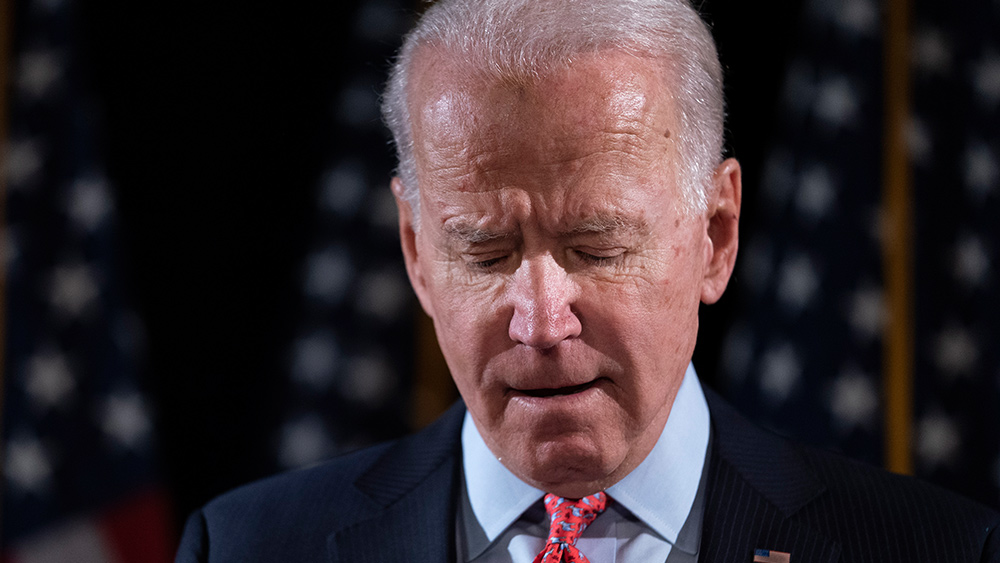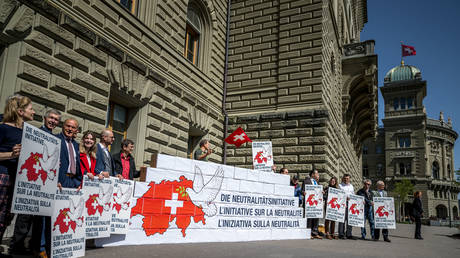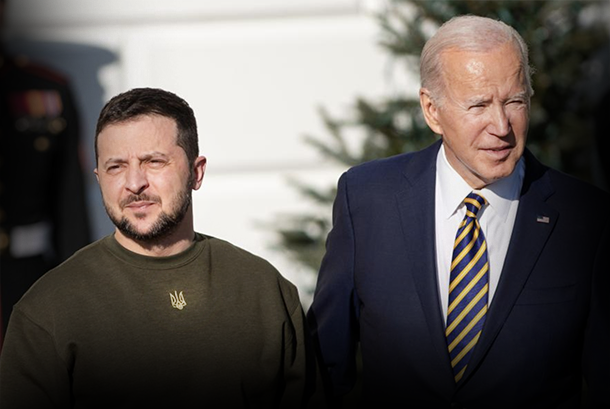Opinion: The Path Forward After The Hanoi Summit
by William Craddick, Disobedient Media:

Although the Hanoi Summit did not result in a signed deal between the negotiating teams, both North Korea and the United States should not come away from their meetings discouraged. As President Donald Trump said during a post-Summit press conference, both parties have come away with the information they needed to understand each other’s perspective. An agreement is within reach if dialog is continued with adequate frequency.
With proper planning for the next meeting between the leaders of the United States (US) and the Democratic People’s Republic of Korea (DPRK), proper perspective for Chairman Kim Jong Un and cooperation from the Global Powers the mutually beneficial goal of denuclearization and an end to hostilities in the Korean Peninsula is within sight.
I. Feedback On Hanoi
The length of negotiations were unfortunately hampered not only by partisan bickering at home, but also the looming threat of the nearby border war that was breaking out between India and Pakistan as well as apparent harassment of North Korea by intelligence agencies.
Both President Trump and Chairman Kim also miscalculated in their approach to negotiations. Kim’s insistence that sanctions be dropped before denuclearization was an unrealistic expectation borne out of North Korean fears of a potential US invasion that failed to account for US sensitivities about previous North Korean failures to conform to past agreements between the members of the Six Party Talks. Trump’s modus operandi of walking from negotiations to increase pressure and the likelihood of a favorable deal was also an unnecessary solution to a problem that could have been resolved by an extension of the Summit’s timeframe to hammer out points of contention.
None of these mistakes were terminal however, and there is a very clear road forward towards peace and stability.
II. Recommendations For Future Summit
To overcome the stumbling block that hampered a total success in Hanoi a step by step process for denuclearization must be laid out. The most logical method of execution would be to agree to a road plan whereby North Korea would progressively disarm specific sites and dispose of weapons systems, verified by outside inspection. In return, the US would remove specific sanctions as benchmarks are met. Such a clear and controlled process will help boost North Korean confidence in the intention of the United States to deal fairly in relation to sanctions and assuage US fears about any unfaithful dealing by North Korea. If an agreement that allows for the DPRK to retain a limited number of nuclear weapons is reached it will need to include arrangements for routine inspections to ensure that the ordinance can be tracked to the satisfaction of the international community.
Any deal that is reached must include a signed agreement by the United States pledging not to attack the DPRK or overthrow Kim Jong Un. Ideally, such promises would also be accompanied by a framework outlining the ways in which the United States will assist North Korea with economic development. Because North Korea’s pursuit of nuclear weapons was incentivized by fear of foreign invasion by the US there must be assurances, publicly memorialized in writing, to reduce these kinds of tensions. These promises should not necessarily be expected to include the removal of American troops from South Korea since their presence is aimed to protect South Korea and Japan from a hypothetical invasion by China. As such an invasion would also necessitate the occupation of North Korea, the US deployment in South Korea also provides an element of security to Kim Jong Un, his people, and government.
Although the process of nuclear disarmament is a priority that must be resolved before other concerns, a formal ending to the Korean War must also be a primary objective of both the DPRK and the United States. If both parties were to schedule disarmament strategically there is an outside possibility that the next summit could include the signing of an armistice. The choice of Seoul as the location for the next summit would also allow for representatives of South Korea and China to be present in the event that denuclearization talks had progressed satisfactorily to the point that the topic of the Korean War could be properly broached. Hosting a summit in Seoul would also create an opportunity for Kim Jong Un and President Moon Jae-in to discuss various issues relating to inter-Korean affairs and future partnerships as relations continue to warm.
III. Recommendations To Chairman Kim Jong Un
The young leader of North Korea certainly did not ask to come to power in the manner that he did and has faced a number of challenges while navigating power struggles and grappling with a country suffering from isolation and collapsing infrastructure. Kim Jong Un has an unprecedented opportunity to show the world that he will be a truly great ruler of North Korea that will take them from a hermit kingdom to a regional powerhouse on par with their southern neighbor. Steps that Chairman Kim could take towards this goal include voluntary denuclearization and an international diplomacy campaign to build new bridges and put his country on the map geopolitically.
A. Voluntary Denuclearization
Pre-emptively taking steps to denuclearize certain sites in the DPRK would be a maverick move from a country that has long caused consternation to its neighbors by behaving unpredictably. Such actions would also help North Korea make a stronger case to their American counterparts for progressively removing sanctions in return for verified movement towards denuclearization.
It is a common trope amongst some political commentators that North Korea sought nuclear weapons with the primary goal of using them as a deterrent against the United States. But as journalists such as Julian Assange have correctly noted, North Korea’s WMD stockpiles were primarily acquired due to their fears of strategic threats from China. Chinese troops have already once become a de facto occupier of North Korea during the Korean War. Establishment media outlets such as Foreign Policy have also openly advocated for Chinese troops to occupy North Korea in recent years. Korea has a long history with China, which has generally ruled the region as a pseudo-vassal state in a similar manner the other areas such as Tibet and Xinjiang. There is little doubt that any direct Chinese military involvement in North Korea would lead to disastrous policies of Hanification in the region. It is through this lens that the DPRK’s behavior must be interpreted.
B. Nuclear Technology Acquisition
North Korea’s nuclear technology sounds worrying when described in lurid headlines, but the reality is that their stockpiles are more of a risk to themselves than the countries they supposedly would use them to attack.
North Korea is notoriously cash starved, but their communist economy has been effective at producing conventional weaponry en mass. It is this one overabundant resource that has allowed the hermit kingdom to strike the deals needed to acquire second hand nuclear technology. Nations who have seemingly engaged in such transactions with the DPRK generally appear to be Middle Eastern and include Syria, Iran and potentially Egypt. This policy has also created some significant liability for North Korea, as the weaponry they sell often ends up on the black market or in the hands of rebel and terror groups which creates a chain of attribution tying the DPRK to organizations engaged in activities which they never had any intention of supporting.
Syria
As outlined by the Council on Foreign Relations’ Foreign Affairs, North Korea has had a collaborative relationship with the Syrian government since the 1960’s which has involved the frequent sale by the DPRK of conventional weaponry and missiles. It would appear that the terms of these sales included arrangements to transfer nuclear technology. In 2004, World Tribune reported the deaths of several technicians from the Syrian Scientific Studies and Research Center, an institute responsible for the research and development of nuclear, biological, chemical and missile technology and weapons, in the Ryongchon province of North Korea. In 2008, Japanese national public broadcaster NHK cited South Korean military sources who stated that as many as ten North Koreans may have been killed in an Israeli airstrike of a facility in Deir ez-Zor, Syria that was allegedly a secret nuclear reactor capable of producing plutonium.
Iran
Iran and North Korea have also enjoyed a close relationship since the Iran-Iraq war, where North Korea began selling conventional weapons and military technology to Iran while also providing military advisors. The business relationship has opened another avenue for North Korea to acquire nuclear technology. A 2003 report by the Los Angeles Times highlighted the Iranian government’s connections to nuclear programs in Russia, China and Pakistan as well as North Korea. While the first three had long-established nuclear programs at the time, North Korea did not. This provides yet another indication that conventional weapons and technology transfers by the North Korean government were made with the goal of acquiring nuclear materials, technology and know-how.
Egypt
A third potential venue for the DPRK to barter for hand-me-down nuclear technology was Egypt. According to the Federation of American Scientists, Egypt launched a nuclear program in 1954, but shifted their focus to research and civilian applications in 1967 after being defeated in the Six Day War. Much like with Syria and Iran, Egypt has a long-standing military and diplomatic relationship with North Korea that has drawn the ire of the United Nations. Although their nuclear reactors were originally provided by the Soviet Union, Egypt has also acquired reactors for research purposes from other countries such as Argentina as recently as 1992. Given the long history of weapons sales by North Korea to Egypt, both directly and indirectly through brokerage services, it is likely nuclear technology transfers could have occurred in the course of these dealings.
C. North Korea’s Nuclear Weapons And Technology Are A Danger To Itself
Although North Korea believes their nuclear stockpiles are a deterrent, they are actually a double-edged sword that places them in danger because of the risk posed by the radiation they create as well as the fact that the mere possession of such assets will make the DPRK a target in the event of any nuclear war between the great powers that would suck them into a conflict they cannot win.
Because of the aged condition of the technology purchased second-hand by the DPRK to develop nuclear capabilities it is likely that the radiation risk to the entire country is high. The many failures of North Korea’s missile tests have long been noted by Western and international media. Considering the run down materials and apparently shoddy construction of nuclear facilities, reactors and, missile technology there is a very real possibility that some of the North’s nuclear weapon “tests” were in fact accidental explosions. The potential for another disaster on the scale of Chernobyl or Fukushima may be far higher than publicly acknowledged.
Read More @ DisobedientMedia.com
Loading...



